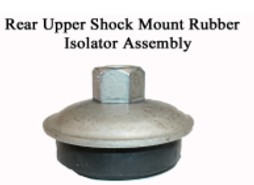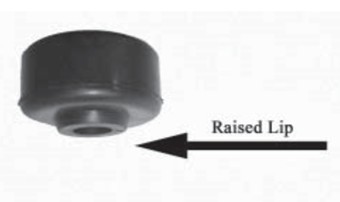
Best Sellers
How to Install Maximum Motorsports Rear IRS Coil-Over Installation Kit for OEM Bilstein Shocks (99-04 Cobra) on your Ford Mustang

Shop Parts in this Guide

Read all instructions before beginning work. Following instructions in the proper sequence will ensure the best and easiest installation.
Thank you for purchasing Maximum Motorsports’ rear upper shock mount rubber isolator replacement kit. This kit is designed specifically for use with the MM IRS coil-over kit and the rear OEM 2003-04 Cobra Bilstein shocks. Due to the shorter height of the stock 2003-04 Cobra rear upper shock mount rubber isolator, there is not a sufficient amount of threads on the shock shaft to adequately preload the isolator. If the rubber is not correctly preloaded, a “clunking” noise will result from the Delrin ball impacting the rear shock towers.
When installing this kit at the same time as installing the MMCO-4 IRS coil-over kit:
1. Discard the stock rear upper shock mount rubber isolator assembly and replace with the supplied rubber isolator, thrust washer, and nut.

2. Refer to step 34 in the MMCO-4 installation instructions for proper installation.
When installing this kit on vehicles that already have the MMCO-4 IRS coil-over kit:
1. With the vehicle resting on the ground, remove the stock rear upper shock mount rubber isolator assembly and discard.
2. Place the new rubber isolator, thrust washer, and nut on top of the shock shaft. Tighten the nut until the thrust washer just begins to drag on the rubber isolator, and then tighten the nut 4 more turns.
NOTE: Make sure the raised lip on the rubber isolator is facing downward when installed.
















